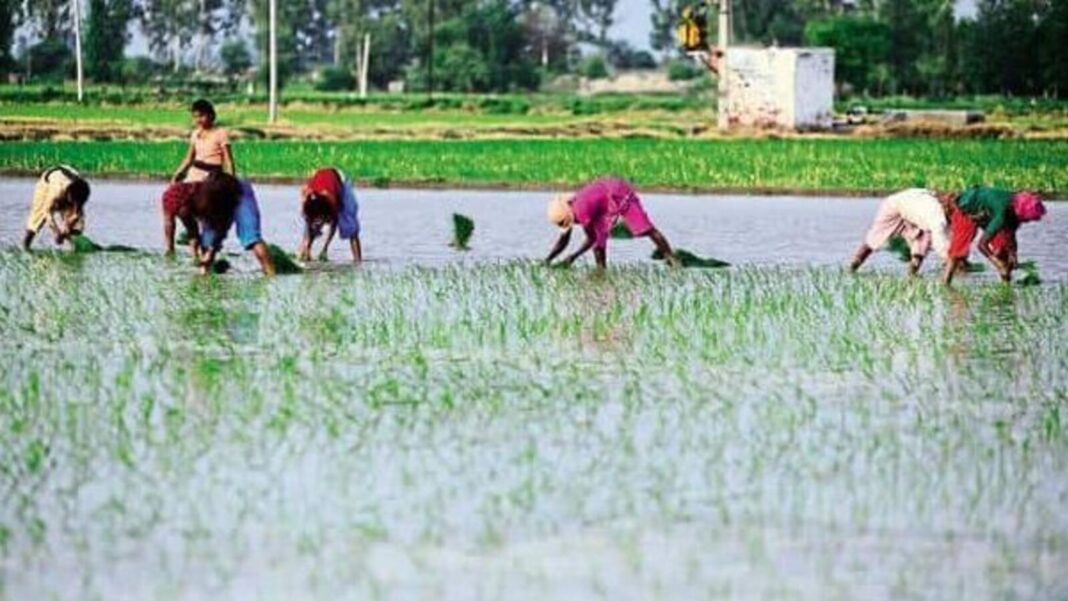In Short:
Farmers in India have increased their planting of kharif crops like pulses, oilseeds, and cotton by 33% this year compared to last year. The monsoon season is crucial for this type of crop. The government is encouraging farmers to grow more pulses to achieve self-sufficiency in food production. Despite some variations in crop planting, the overall increase in acreage is promising for the agricultural sector in India.
Kharif Crop Area Sees a 33% Increase in 2024-25
Good news for farmers! The area under kharif crops in the 2024-25 crop year (July-June) has risen by a whopping 33% compared to last year. According to data released by the agriculture ministry on Friday, the total area now stands at 24.1 million hectares (mh). This increase is largely due to higher cultivation of pulses, oilseeds, and cotton.
Importance of Timely Monsoon
The timely arrival of the monsoon is crucial for the agricultural sector, which heavily depends on monsoon rains. Around 56% of the net cultivated area and 44% of food production in India rely on monsoons. Normal precipitation ensures robust crop production, stable food prices, and overall economic growth.
Monsoon Progress and Acreage Data
This year, the monsoon initially lost momentum after reaching Mumbai ahead of schedule. However, with its progress in the eastern regions, the agriculture ministry was able to release the kharif crop acreage data. As of 28 June, the country has seen 14% deficient precipitation since the start of the monsoon season.
Pulses Take the Lead
Among the kharif crops, pulses have shown significant growth. While the area under paddy remained stable, pulses acreage saw a notable 181% increase, with tur and urad being the top choices for farmers. The government’s push to promote pulse cultivation aims at achieving self-sufficiency by 2027.
Oilseeds and Other Crops
In addition to pulses, the area under oilseeds saw an 18.4% rise, mainly driven by soybean cultivation. However, groundnut acreage witnessed a decrease compared to the previous year. Cash crops like sugarcane and cotton also saw an increase in acreage, signaling positive growth in the agricultural sector.





